Mold is everywhere. As much as we’d rather not believe it, mold occurs naturally indoors and outdoors, and there are good and bad molds. There are numerous sampling methods available to measure mold concentrations available, and below are the four environmental sampling methods you should know about for mold assessments.
Air Testing – Direct Microscopic Analysis
Microscopic examination of fungi collected on spore-trap (specialized filter/slide apparatus) can provide an accurate estimate of total fungal spore concentrations and a broad picture of the kinds of spores in an air sample. Used alone, without concurrent culture samples, microscopic examination of air samples allow specific identification of only a few fungal species and most spores must be placed in general categories. The results are reported as total spores and do not differentiate between viable and non-viable spores. Additionally, this technique does not allow for the differentiation between Aspergillus and Penicillium spores and does not allow for cultivation or speciation of spores. An outdoor comparative sample should be taken concurrently with indoor samples. Allow 3 –5 (three to five) business days for results.
Source Testing – Direct Microscopic Analysis
Microscopic examination of source (i.e., visible growth, or suspected area of growth) samples (i.e., tape lifts) may allow for the identification of individual fungi, but is not usually quantitative. Results may be presented as a percentage range relative to the prevalence and concentration of fungi in the sample. The results are reported as total spores and do not differentiate between viable and non-viable spores. Additionally, this technique does not allow for the differentiation between Aspergillus and Penicillium spores and does not allow for cultivation or speciation of spores. A comparative sample, from an area not suspected as harboring microbial growth, is also recommended. Allow 3 – 5 (three to five) business days for results.
Source Testing – Microscopic Analysis after Culture
Samples are taken from an area that has visible growth, or is suspected to be a microbial reservoir, by removing an actual piece or material or by wiping, with a sterile swab, a defined area on the surface. Laboratory technicians will prepare the sample and plate it onto appropriate agar media. Culture-based sampling techniques are the most commonly used method for assessing broad groups of microorganisms in an indoor environment. Culturing allows for the speciation of organisms, typically Stachybotrys and Aspergillus species. However, culture-based methods may miss fungi that are not culturable. Culture based methods allow detection of only those organisms that are alive, in a condition to grow in culture and able to successfully compete with other organisms in an environmental mixture. A comparative sample, from an area not suspected as harboring microbial growth, is also recommended. Allow 2 (two) weeks for final results.
Air Testing – Microscopic Analysis after Culture
A measured volume of air is impacted directly onto appropriate agar media using a single stage impactor and a high volume pump. Exposed agar plates are shipped overnight for laboratory analysis. Laboratory analysis includes monitored incubation for a determined period of time with subsequent microscopic analysis. Culture-based sampling techniques are the most commonly used method for assessing broad groups of microorganisms in an indoor environment. Culturing allows for the speciation of organisms, typically Stachybotrys and Aspergillus species. However, culture-based methods may miss fungi that are not culturable. Culture-based methods allow detection of only those organisms that are alive, in a condition to grow in culture and able to successfully compete with other organisms in an environmental mixture. An outdoor comparative sample should be taken concurrently with indoor samples. Allow 2 (two) weeks for final results.

